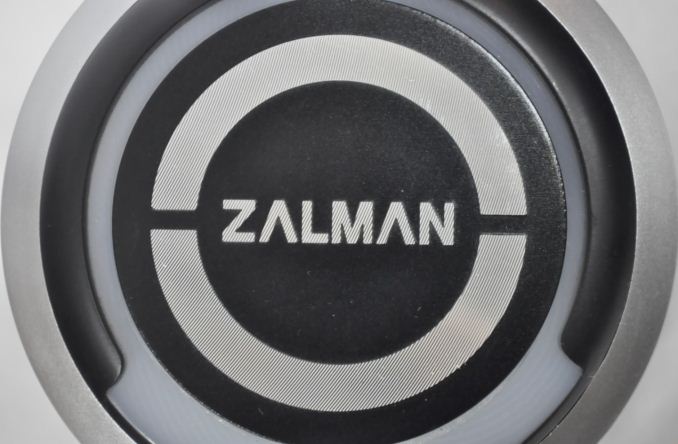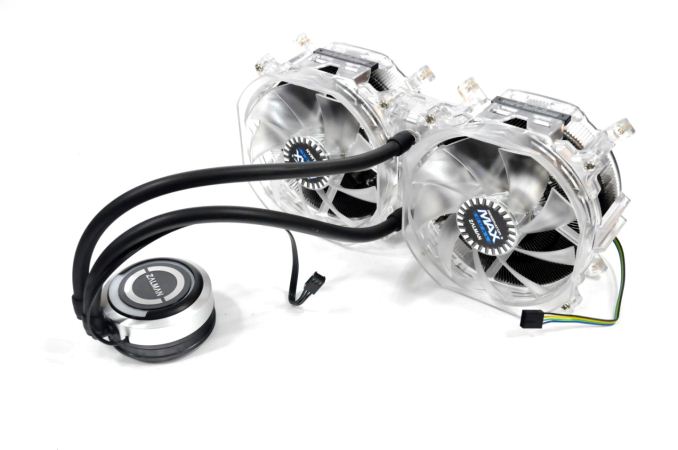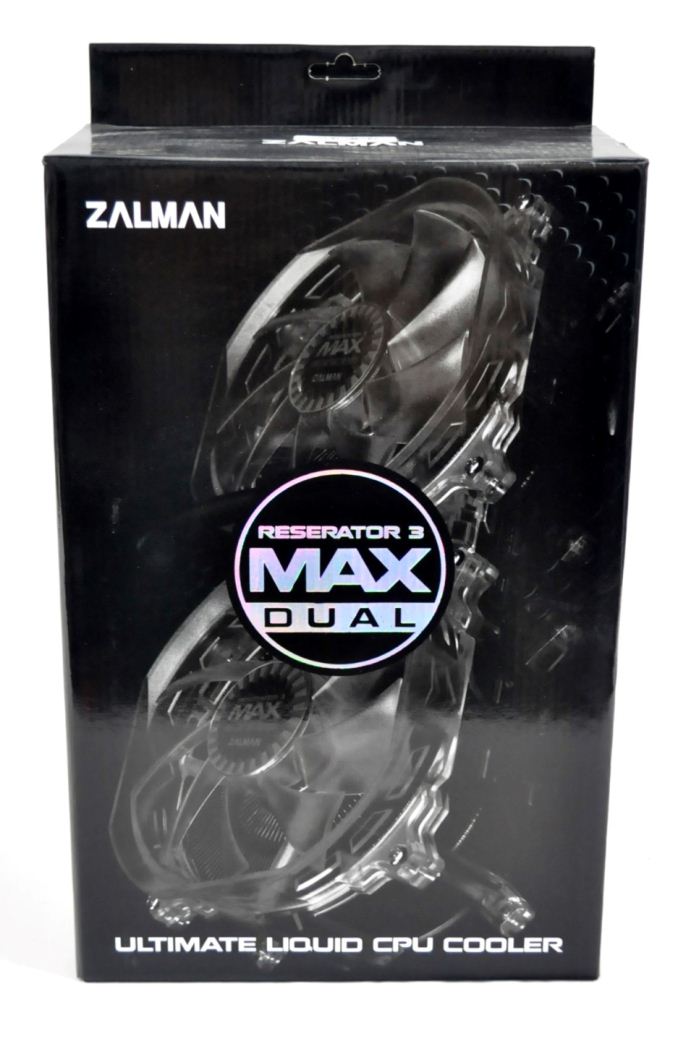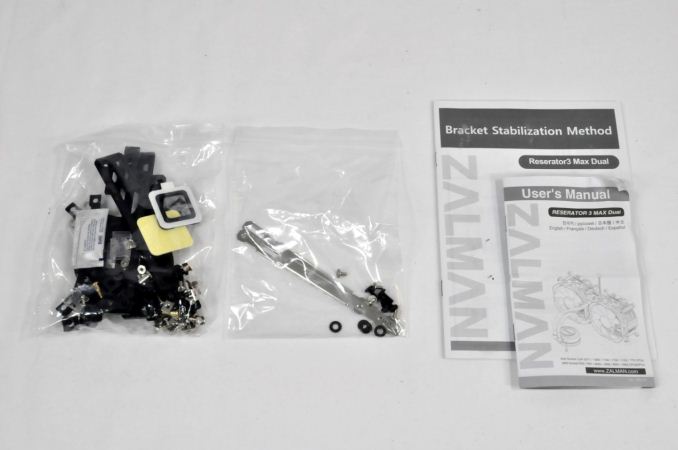Zalman Reserator 3 Max Dual CPU Cooler Review
by E. Fylladitakis on August 19, 2014 6:00 PM EST
Introduction
A few months ago, we had a look at many all-in-one liquid cooling solutions, ranging from low cost solutions to enthusiast-grade products. However, regardless of their size and capabilities, all of those kits were quite similar to each other. Today we have something that truly stands out from the crowd, Zalman's latest liquid-cooling solution, the Reserator 3 Max Dual.
Zalman's engineers are no amateurs when it comes to liquid cooling; they actually are one of the first companies that shipped liquid cooling solutions as complete retail products, so they have extensive experience in that particular field. The Reserator 3 Max Dual is being advertised as the "Ultimate Liquid CPU Cooler" and it currently retails for $140 including shipping, making it one of the most expensive all-in-one solutions available. It's clearly aimed at overclockers and enthusiasts, but is Zalman's newest creation worthy of such a heavy title and premium price? We will find out in this review.
Packaging and bundle
We received the Reserator 3 Max Dual in a large, dark cardboard box with little aesthetic appeal, as the artwork is based on a picture of the radiator. Blister plastic packaging protects the cooler inside the box. The bundled items are supplied into two plastic bags, entirely unorganized. Besides the hardware required for the mounting of the cooler and the instruction manuals, Zalman does not provide anything else. The thermal paste is the weak link of the bundle, as only a single dose of average thermal paste is supplied, when most users would expect at least a small syringe with high-quality thermal paste with such a premium product.













52 Comments
View All Comments
bludragon - Wednesday, August 20, 2014 - link
So really what we need is testing using a real cpu since getting heat off the die is the biggest issue with Haswell and I assume the current AMD cpus. It would be good to see that with a stock cpu, and one that has been delidded and had the stock tim replaced with liquidpro. I expect most decent coolers will actually perform within a very similar and narrow range without the delid. I don't know what happens with the delid...garadante - Thursday, August 21, 2014 - link
Though I beg to pose the question that, if C/W is so important for someone reading these numbers, is it so unreasonable to assume that they may be seriously interested in using fans or thermal paste different from those included in the stock product? Which is one of my primary points in my comments. Testing CLCs 100% stock is useful for a certain segment of the audience but just that, a segment. Those users who care enough about performance to look into a CLC but not those who care enough to do the small extra steps necessary to eke even better performance out of an expensive piece of processor cooling equipment. I argue that the people who care about using better fans and better thermal paste are the same people who care about a radiator's C/W performance. And including a section of the review that looks at the performance of even a subset of these CLCs on actual CPUs would give a valuable contrast for the readers who don't realize the results here on useless in actual applications short of comparing radiators in a controlled environment. A section that says, "Hey, these are the best CLCs from the review but on this and that CPU at stock and such and such overclock the delta T is this. Therefore understand that you cannot use the results here to target a desired temperature for your own setup because there are so many variables. The results of this review simply allow you to choose a CLC based on its merits relative to other CLCs in a high controlled, synthetic environment. You might need research elsewhere if you're trying to hit 60 C Prime95 temperatures on your 4790K running at 4.7 GHz."AnnihilatorX - Thursday, August 21, 2014 - link
That's actually pretty easy to calculate base on C/W.4790k has maximum TDP of 88W, if a cooler has a C/W of 0.07, the cooler would be able to approximately cool the CPU to 6.16 deg C above ambient. You can see the numbers add up by comparing the different thermal watts in the graph "Core Temperature, Constant Thermal Load" and multiplying that with the respective C/W.
garadante - Thursday, August 21, 2014 - link
You fail to recognize my points. In the real world any of these CLCs with a C/W of 0.07 or even lower would be lucky to achieve a delta T of 40 with a 4970k at 4.7 GHz. Because there are many more factors involved regarding the temperature of a CPU core. Where the core is located relative to the best contact area between the heatsink and the IHS, what type of TIM is used between the die and the IHS, the IHS and the heatsink. These are things that can only be seen using an actual CPU which is my whole point. It seems that E.Fyll has tricked you into thinking his C/W numbers are at all meaningful in a real application. They serve one purpose and one purpose only: comparing the relative performance of CLCs. But that's easy enough to see just looking at the wattage temperature graphs. No use in making a function out of the results unless you want to know how a CLC would handle under a 1000 watt load on this specific testing rig.garadante - Thursday, August 21, 2014 - link
And testing with consistent fans across all radiators would give much more useful results when seeing the merits of each radiator. Fans are cheap and it's very reasonable to assume quite a few people would be interested in using aftermarket fans, -if- the performance gains are there, which is my whole point. The Cooler Master Nepton 280L looks good at first when you look solely at the temperature results, but then you look at the fan RPM and dB rating. The Corsair H110 uses a significantly slower and quieter fan but comes within a degree or two delta T of the 280L. Therefore Cooler Master likely uses very noisy, inefficient fans where Corsair uses much more efficient fans and quieter ones at that without sacrificing too much performance. Throw on the same fans on both and you remove that difference and you can see which radiator itself (where your money's going) actually is superior (or at least superior with higher CFM or higher static pressure or a mixture, etc, where E.Fyll coming up with an approximate function would actually be useful).BillyONeal - Wednesday, August 20, 2014 - link
Great article. It would be nice to see Noctua's NH-D14 or NH-D15 for a comparison with a good air cooler.bludragon - Wednesday, August 20, 2014 - link
I second thatC'DaleRider - Wednesday, August 20, 2014 - link
Here you go......(hint) It's in the Bench.http://www.anandtech.com/bench/CPUCooling/772
bludragon - Wednesday, August 20, 2014 - link
Thanks! I had forgotten about that. Only... looking at the results there the temps are not comparable to this article. Is there a post anywhere about the testing methodology for CPU coolers in bench? And yes, I did search...E.Fyll - Wednesday, August 20, 2014 - link
There will be many reviews of air coolers coming up. As they will be tested using the exact same procedure, the results will be directly compared to those of this review (and every cooling-related review that I perform).